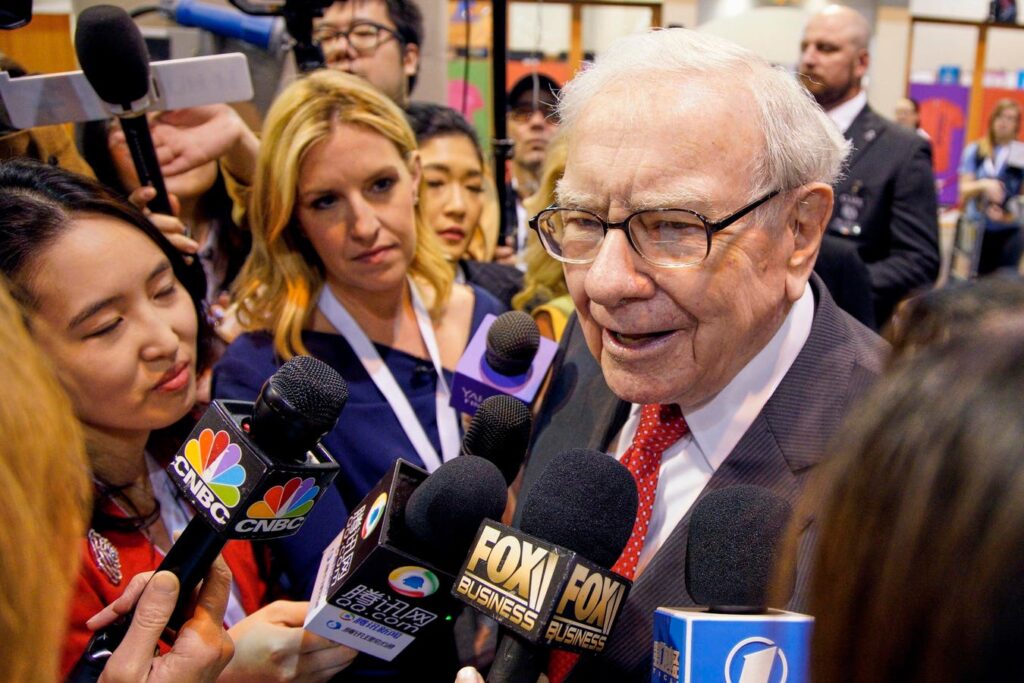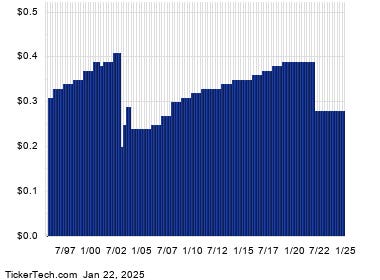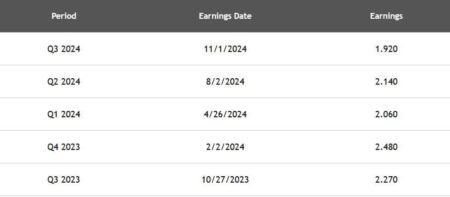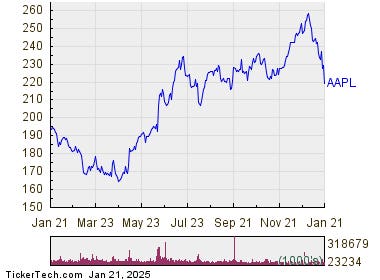Warren Buffett famously once said, “The stock market is a mechanism for transferring wealth from the impatient to the patient.” Countless examples throughout equity market history support this sentiment, most recently demonstrated by the rally following the Federal Reserve’s decision to cut the target for the federal funds rate by 50 basis points to a range of 4.75% to 5.0%.
The equity markets cheered the news, with major indices hitting all-time highs. Fed Chair Jerome Powell’s upbeat tone at the press conference, combined with better-than-expected economic data, painted a promising picture for the future. Retail sales in August rose by 0.1%—a small but significant improvement over expectations—and industrial production surged by 0.8%, far exceeding the 0.2% forecast. Housing starts also topped projections, adding to the sense of economic resilience. These numbers highlight an economy that continues to grow, even amid concerns over inflation and rising interest rates.
Just two weeks ago, the financial media was rife with fear over what the Fed would do next, and investors were bracing for the worst. Yet here we are, only a short time later, with markets rising and fears ostensibly subsiding.
The Secret to Success in Investing
As I am fond of saying, the secret to successful investing in stocks is to not be scared out of them. It is tempting to react impulsively to short-term market swings, but history shows that those who remain steadfast in their investment strategy are often rewarded. Rather than being swayed by daily volatility or media-driven fear, successful investors stay the course. By focusing on long-term growth and the power of compounding, they position themselves to weather downturns and capitalize on the inevitable recoveries that follow.
Indeed, through the Miracle of Compounding, great fortunes can accrue even with relatively modest returns. For example, the Dow Jones Industrial Average would eclipse 100,000 in less than 16 years simply by showing 5.8% per annum price appreciation, which has been the historical rate of return for the popular benchmark. As the table below shows, the Dow would make it to six figures in just eight years if it was a total return and not a price index, and if it enjoyed the 13.2% total return that has been the average for Value stocks since 1927.
The historical evidence is clear: stocks, particularly value stocks, have delivered strong returns over time, regardless of interest rate movements. Even as the 10-year Treasury yield rose from 3.65% to 3.74% last week, equities pushed higher. Investors who stick to their strategies, avoid panic selling and let their investments grow through the power of compounding will likely be the ones to benefit most from the market’s long-term upward trajectory.
Whether it’s an upcoming Federal Reserve decision or pending Presidential/Congressional election, it is crucial to keep the Oracle of Omaha’s words in mind. Wealth is built not by reacting to every twist and turn, but by staying invested through thick and thin. Patience remains one of, if not the greatest, allies of the equity investor, ensuring that time in the market transfers wealth from those who chase short-term gains to those who play the long game.
Read the full article here











